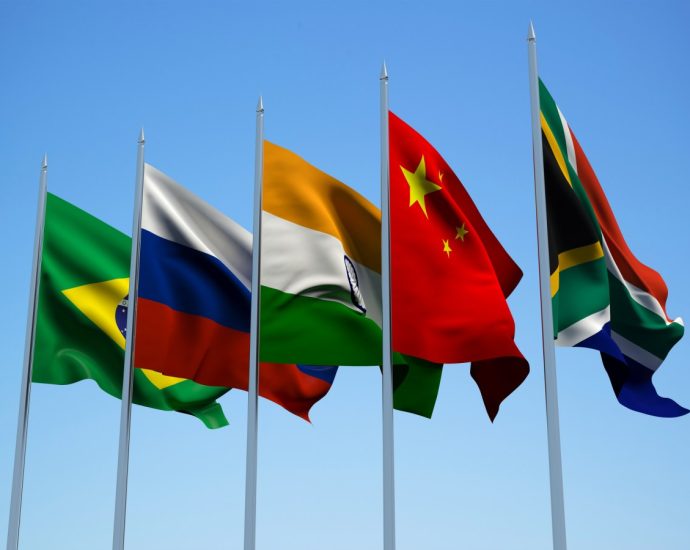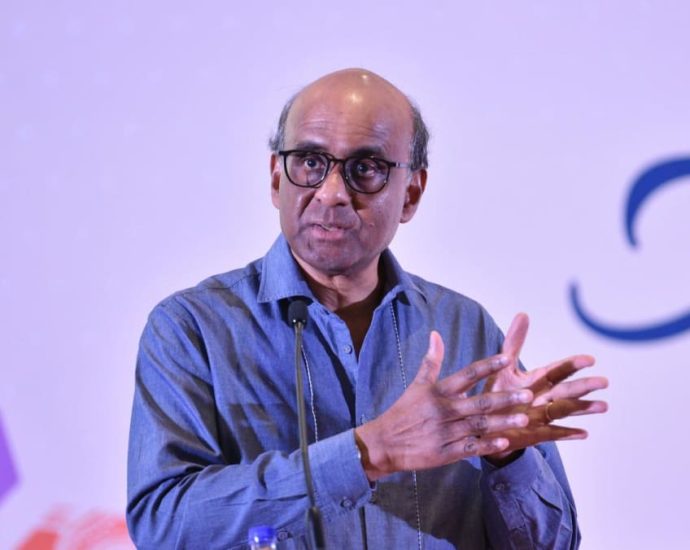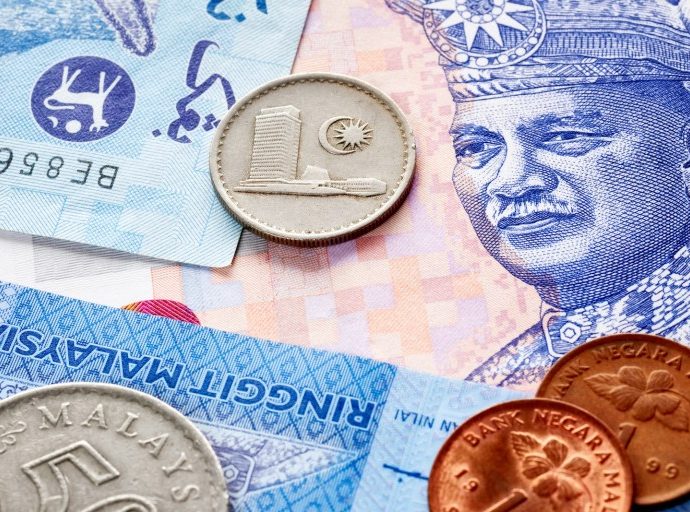China to widen ASEAN trade with first major waterway in 700 years, but will Pinglu Canal be a game changer or white elephant?
The canal, a signature project in China’s Western land-sea trade corridor to reach the Beibu Gulf – also known as the Gulf of Tonkin – and the South China Sea, is expected to carry 108 million tonnes of cargo by 2035 and 130 million tonnes by 2050, according to theContinue Reading
























